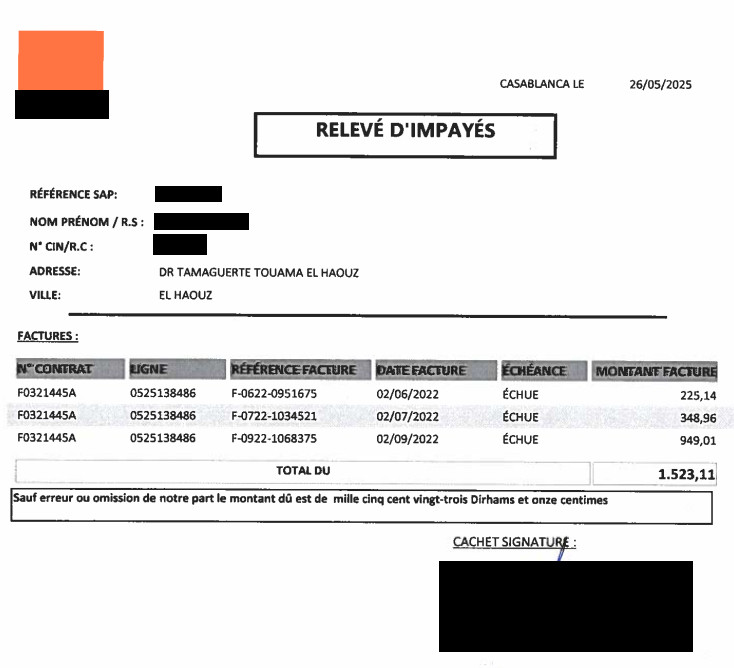Automating legal procedures
Abstract
This work explores the feasibility of automating parts of judicial debt recovery procedures using modern AI and distributed systems. Millions of uncollected contracts remain unresolved each year because legal enforcement costs exceed potential recoveries. This feasibility study focuses on identifying the main technical challenges of automating such procedures. Two demonstrators were developed: one for automated data extraction using Google Gemini, achieving over 95% accuracy, and another as a web application for simulating recovery procedures built on the Erlang Virtual Machine. Results show that current AI and distributed architectures enable building large-scale, low-cost systems capable of processing millions of legal cases efficiently, which is worth investigating.
Introduction
How can judicial procedures be automated? The question begins with exploring how modern AI tools may transform the legal world. In 2024–2025, I met lawyer Philippe Mallea, and we discussed several use cases. It turns out that millions of contracts remain unresolved because traditional methods are too costly.
Each year, large companies generate millions of breached contracts—especially in sectors like mobile phone subscriptions or streaming services such as Netflix. Each contract may represent hundreds of dollars in debt, adding up to hundreds of millions per year.
Recurring costs also accumulate. For instance, managing paper contracts can cost around half a million dollars annually for infrastructure and logistics—such as document processing facilities in North Africa. On top of that, companies still pay taxes on these unfulfilled contracts.
Problem
The main issue is that enforcing these contracts through legal procedures is more expensive than ignoring them. In North Africa, for example, the cost of pursuing legal action exceeds the potential recovery. So, the challenge is to reduce the cost of processing millions of contracts efficiently each year.
To illustrate, consider the following: given 10 million mobile phone contracts, how can we identify those with a success probability above 80% and apply the legal procedure for less than $100 per case?
Assuming all legal and procedural parameters are known, the problem can be divided into three parts:
- Prediction: Build a system that estimates the probability of a successful legal outcome for each contract.
- Operation: Design a program that applies the legal procedure at a cost below $100 per case.
- Scale: Ensure both prediction and operation systems can process millions of cases simultaneously.
Feasibility study
Since this is an exploratory study, the goal was to identify the key technical challenges a viable solution must address.
- Extracting data from raw contracts. The prediction problem reduces to extracting relevant data from contracts, recording case outcomes, and applying statistical models to predict success rates. Because no dataset of successful or unsuccessful procedures exists, the initial task was to extract structured information efficiently from sample contracts. In short: can modern AI systems extract contract data effectively?
- Flexible architecture. The operational problem becomes one of system design—how to integrate automation smoothly into existing legal workflows while remaining flexible for edge cases and adapting to the rapid evolution of AI technologies.
- Reading and writing legal documents. The most expensive operations are those requiring lawyers’ input—reading and drafting legal documents. Can modern AI systems automate these tasks reliably?
- Robustness at scale. A large-scale system must be resilient: component failures should not trigger cascading failures that halt millions of procedures. How can we build such a robust system?
At this stage, the goal was to show that building a program with these properties is realistic. Demonstrators were developed to support the argument that such automation is feasible.
Solution
After obtaining a test dataset of contracts, two programs were developed.


The first program processed the dataset and extracted nearly all relevant data, achieving over 95% accuracy. Two key findings emerged:
- The choice of AI model is critical—Google Gemini performed best for this task.
- Effective prompt engineering requires experience and extensive trial and error.
Error correction systems were also essential to handle occasional nonsensical outputs from AI models.
The second program was a web application built with the Elixir language on the Erlang Virtual Machine (VM). Through a simple web interface, a lawyer could simulate a "discussion" aimed at advancing a recovery procedure. Given a contract, the application would read documents provided by the lawyer, generate a legal document in response, and request the next document to process. The application followed the legal procedures described by our partner lawyers, who evaluated the accuracy of the automatically generated documents.
The architectural question was resolved through the Actor model, as implemented in the Erlang VM. This model met all requirements for a robust, scalable distributed system, including communication with external actors—for example, reading court websites to obtain updates on legal procedures.
The Erlang VM provides a battle-tested implementation of the Actor Model, which views programs as networks of small computing entities called actors. An actor is similar to a lightweight virtual computer that communicates only by sending messages. If one fails, it does not affect its neighbors and can be restarted. The Erlang VM supports millions of actors running concurrently across multiple physical machines, providing the desired robustness and scalability.
Results
- More than 95% of expected data can be extracted from raw contracts using Google Gemini.
- With enough examples, Google Gemini can draft convincing legal documents adapted to specific recovery procedures.
- The Erlang VM offers the scalability and robustness required for a production system.
- The Actor Model provides the flexibility needed to model complex systems of interrelated legal entities.
Conclusion
This feasibility study demonstrates that automating parts of judicial debt recovery is worth investigating. Modern AI systems such as Google Gemini can reliably extract data and draft legal documents with minimal human intervention, and distributed architectures provide the scalability and robustness needed for real-world deployment. More challenges remain to be solved, but no technical impossibilities have been discovered.